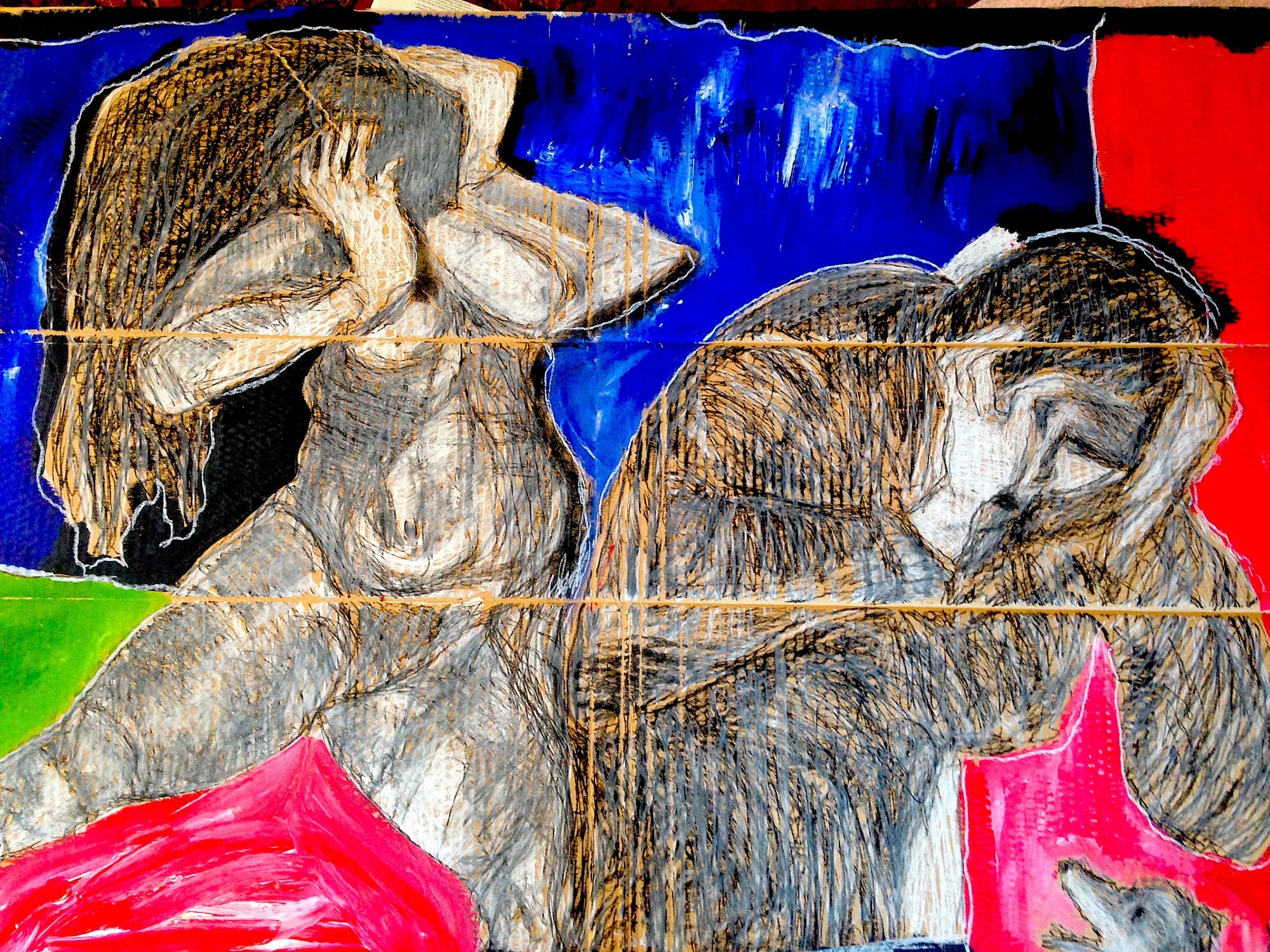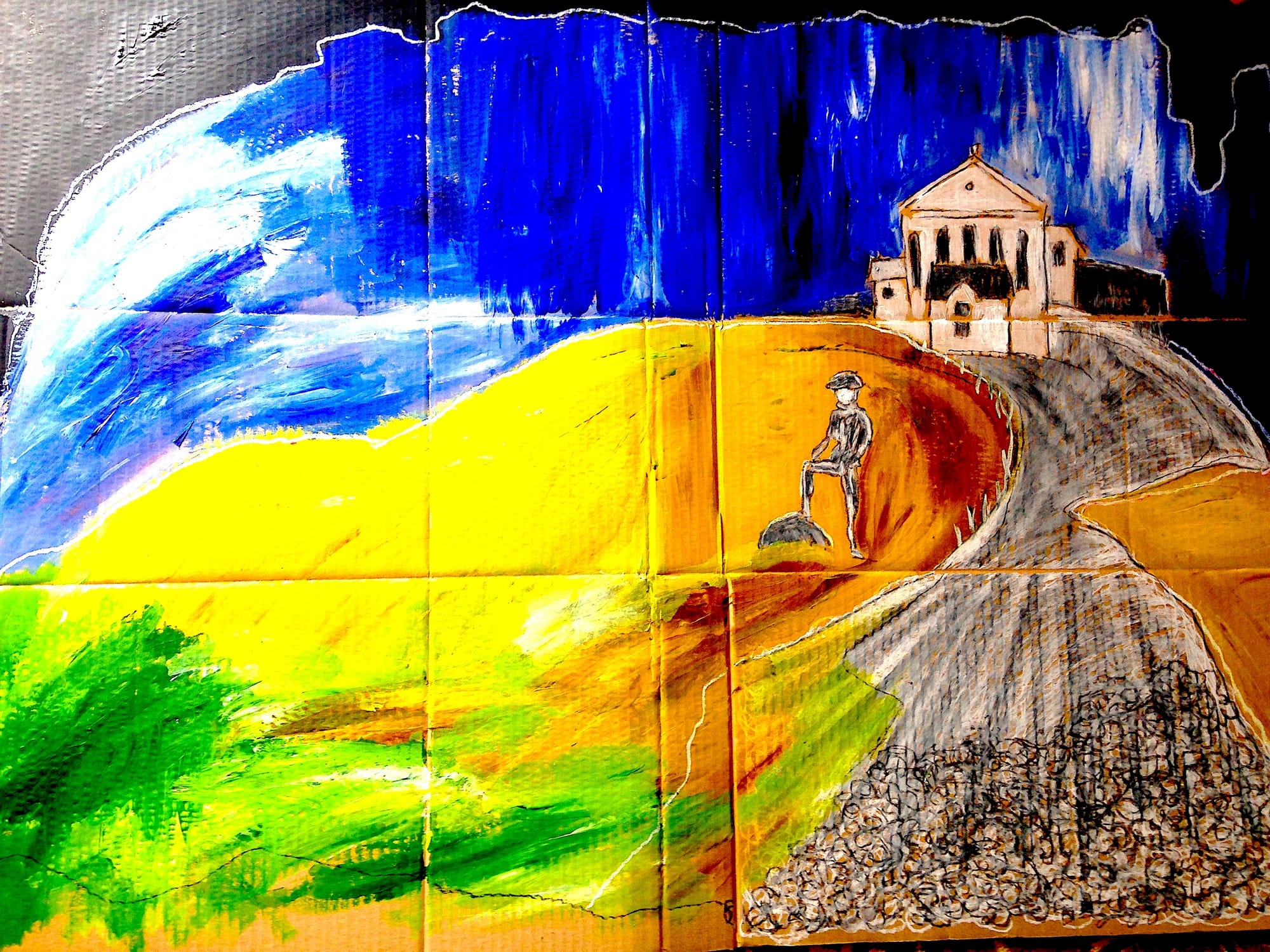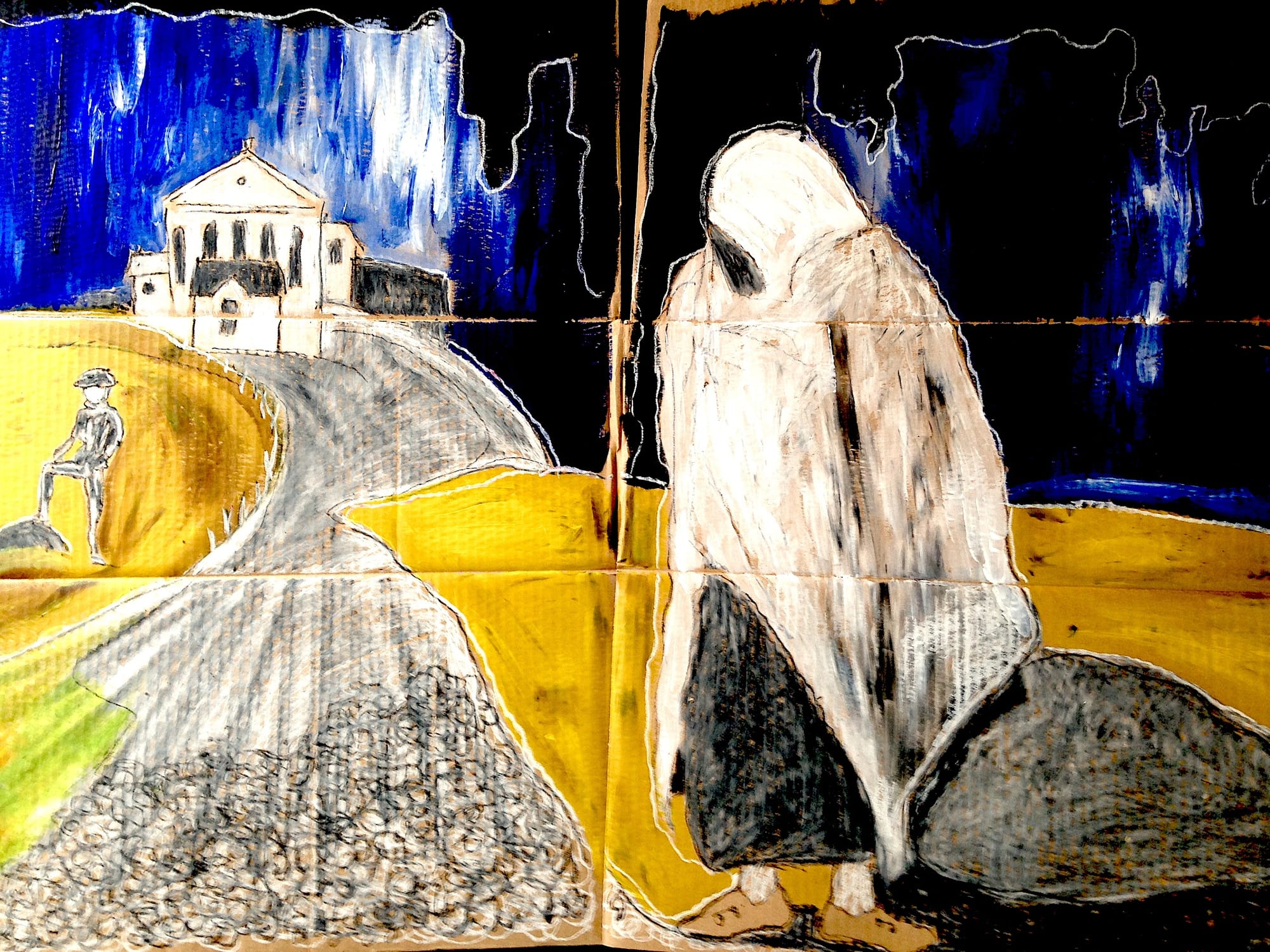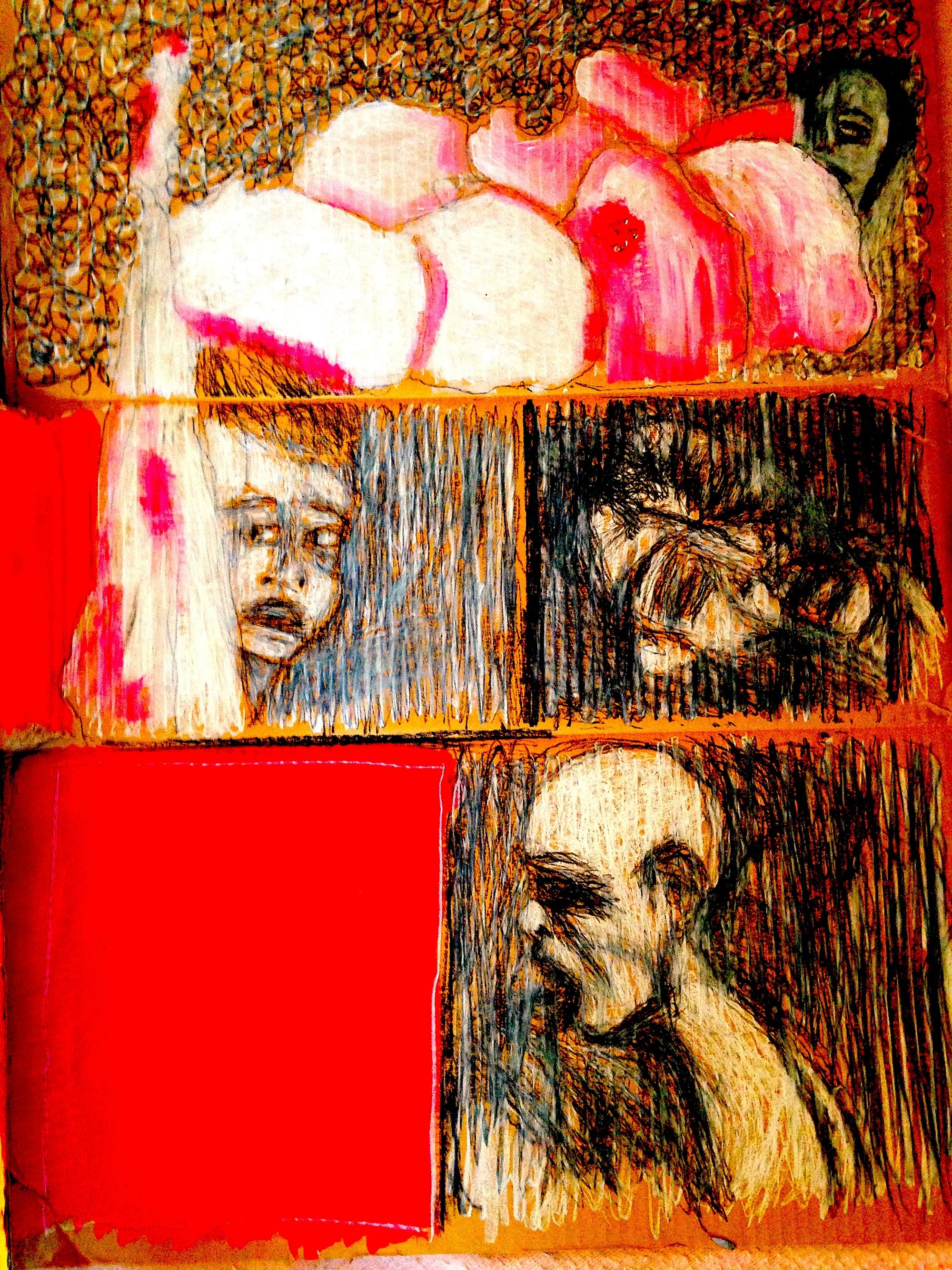The Ecstatic Silence: 11

He paid attention to the demure twist of his hips. He read about this in a handbook. The beveled shuffle creates quite a stir. He leaves the squirting delegation of liquid insertion for the next stage. A matter of cutting out matter from matter. But he’s no longer seriously engaged in the precision of drafting vellum and the tech pen. Now it’s more a sense of improvisation done in your mother’s den. A cautionary tale reversing itself. When he looks back at his childhood and adolescence he sees both in terms of a cleaved wharf.
His view now is that of the demolition man following the surgeon. If his imagination had once been a scalpel flourish it was now blowtorch cleave. What lurked in it was a palpable pleasure in the physical exotica of formal chair furniture and hair dynamics. If things were murky this was because he inserted himself between light sources and where he wanted to stand. His body was deeply at home with its fabrics, was how some have put it. There was barely time to run and follow him. He was standing in a hole barely big enough for him , never mind anyone else who might have longed to watch. He was cultivating a way of trapping himself. How literal he was being no one was really clear. It was all done with compasses, thermometers and barometers.
‘What’s exciting when you go down into something deeply is how instruments give contradictory readings and magnetic, thermal and pressure-based navigational paradigms collapse all at once,’ he explained in ‘Thermal Depth V’ which he published back in ’94. The key there was his borrowed insight that:
‘ Down is no longer hotter.’
Traces have run through everything since. He started destroying and dissipating himself. Going down deep meant there were immeasurable things piling up above.
‘Can a human ever scramble out in one piece once there’s so much pressing down?’ he asked.
Thinking and reading has always had this risk. An inextricable maze is one thing. A loss of measure happens there too. But crushed below mountains of thought adds to navigational loss at a more physical level. The horizon is denied by all means. It squeezes out blood cargo. You lose the erect being. In place there’s a spray of formless bone, sinew, flesh. It is some exquisite movement of hip aligned with shoulder blade that provokes his ruminations on the construction of a fetal object. He spent some time staring at Nicolas Hartsoaker’s ‘petit animal’, a little man figure curled into the head of spermatozoa. Concepts of the womb were evolved. He read about this with ambiguous alarm.
Before 1799 pregnancy was an emerged state that didn’t have a single point of origin. Birth was required to overcome what was a state of indeterminacy. The born child was not conceived in terms of the pre-birth ‘being with child’ condition. It was all about potentiality, multiplicity and the vagueness. The fetus was no more than a thought. What fascinated him was the way the public exhibition was converted into a somatic privacy.
After 1799 things changed. Samuel Thomas Soemmerring wrote at this time:
‘ I could not be surprised enough when listening to men, not just those ignorant of physiology but even to painters and sculptures who – led by I know not what old fables and deprived of all notions of the human embryo – even the most honest considered its shape not just laughable but not even tolerable. Indeed they went as far as to abhor it as monstrous, in their delicately fastidious way.’ He pushed his mind ‘ … to consider more subtly and diligently the shape of our body and the successive changes from the age when it lies hidden in the mother’s womb and the germinating plant of a human being lives and grows in health, not conscious of its own likeness, its life depending on the life and health of the mother.’
Johnny eagerly gazed on the plates of fetus drawings floating through the subsequent pages. The violence of creative acts seemed to be like these fetal sketches. ‘Art…’ he declared, laughter nearly making his sentences incoherent, ‘… negates everything it needs to survive. That’s what makes it art.’
School friend Ron Baxter tells us that Johnny was always a bit of a phantom production. ‘He never ran with us. He was always one step behind expulsion. A secretive kid, with lots of schemas. He was a leader but only when he saw things from outside. That was the thing with him. We all suspected he wasn’t meant to be going so far.’ Sure, Johnny was a reflex of borderline cases. He remained beyond the powers of photography. His action resides only in these documentary aspects. There is no family chronicle. In a way this whole thing is trying to answer the puzzle: where did he come from? Answering it is like following a doll cast into deep waters. Nevertheless an insult to the doll is felt more keenly than to ourselves. There’s a lot of resignation.



